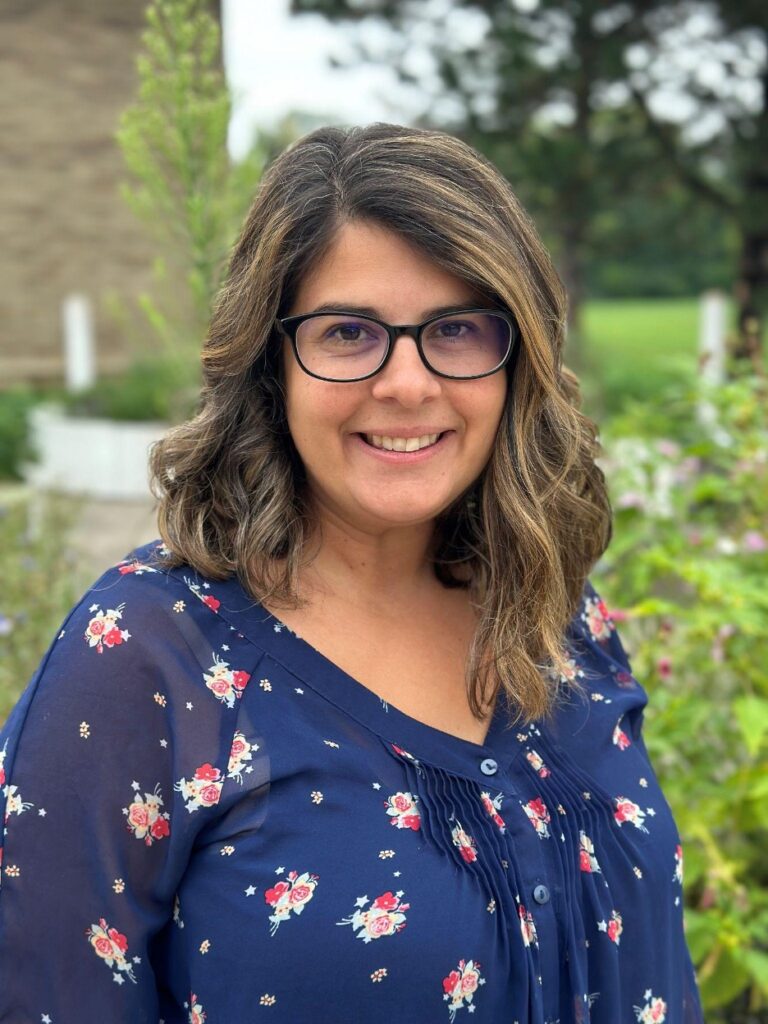
We spoke with KIPP Indy Director of Early Literacy Ruth Wells about how using SIPPS® has improved student achievements. Thank you for the wonderful conversation, Ruth!
Tell us a little about yourself, your school/district, and the students you serve.
My name is Ruth Wells. I am the Director of Early Literacy at KIPP Indy in Indianapolis, IN.
I have been in education for 15 years in various elementary grade levels and positions ranging from kindergarten, to 4th grade, to reading interventionist and manager of intervention.
KIPP Indy is a network of public charter schools located in the Martindale-Brightwood neighborhood of Indianapolis. Across our three schools, we enroll 1,500 students in grades K–12.
Together with families and communities, KIPP Indy creates joyful, academically excellent schools that prepare students with the skills and confidence to pursue the paths they choose—college, career, and beyond—so they can lead fulfilling lives and create a more just world.
Our student population reflects the demographics of our neighborhood: 95 percent of students identify as Black or Latinx; 93 percent qualify for free/reduced lunch; 12 percent receive SPED services; and 10 percent are Emerging Bilinguals.
What is the most rewarding part of being an educator for you?
The most rewarding part for me is the relationships I get to build. One of KIPP Indy’s core values is Team & Family. The relationships with students, families and staff are a vital part as we work together to foster joyful, academic excellence in our students.
Building a coalition through these relationships provides the support system needed to tackle an enormous task.
It really does take a village, and I love working with my village to take on new challenges, celebrate our wins, and push to be our best selves.
It really does take a village, and I love working with my village to take on new challenges, celebrate our wins, and push to be our best selves.
How did your school/district become interested in SIPPS?
As our district dove into the science of reading several years ago, we stopped using certain curriculums that supported three cueing instruction.
Our reading intervention team was left to create lesson plans using a hodge-podge of other curriculums in an attempt to align with the science of reading.
We saw varying degrees of success with this, primarily based on the teachers’ content knowledge.
We realized early on we needed something that would be systematic and scripted in which any teacher, regardless of their level of expertise, could teach.
We created a rubric and compared several intervention curriculums, which is how we landed on SIPPS.
How long has your school/district been implementing SIPPS? Tell us a little about the implementation.
We are in our second year of implementation. We started small, with a team of six reading interventionists being trained in SIPPS.
Now, we have increased the usage to K–12 so any staff member who supports our multi-language learners, diverse learners, or students who are in MTSS for reading intervention has been trained in SIPPS.
What do you appreciate about SIPPS? What do teachers appreciate about it?
SIPPS is helpful in providing teachers a clear script, routines, materials, and development they need to teach students to read.
Teachers appreciate how SIPPS does the planning for them and provides a complete, systematic science of reading approach.
Collaborative Classroom has a lot to offer on their website in support of SIPPS teachers, including videos, professional development, materials, and book rooms. Also, they are easy to contact for further support.
Another thing I appreciate about SIPPS is how it is designed for any K–12 student. SIPPS is able to meet students wherever they are, with instruction that is appropriate for their age, development, and skills.
What have you noticed about students’ learning and engagement? What have teachers noticed?
Students who are receiving SIPPS intervention in our school love the lessons because it is a time set aside where they can feel successful and supported.
Students who are receiving SIPPS intervention in our school love the lessons because it is a time set aside where they can feel successful and supported.
We know practice makes permanent, which means we want students practicing skills correctly, repetitively, and consistently.
We have seen students in intermediate grades gain confidence as they receive the skills and practice necessary to access grade-level texts. This confidence carries over into their classrooms, to volunteer more responses and engagement in lessons.
What data might you share to indicate effectiveness of SIPPS?
While we use SIPPS primarily in Tier 3, it’s also used for multi language learners and our special education departments. In addition, SIPPS is used in high-dose tutoring similar to Tier 2 as it targets the “bubble” students who are just below proficient.
Last year in our lower elementary, using SIPPS as our targeted intervention Tier 3, we surpassed the region-wide goal in ELA of 70 percent of students reaching their individual growth goal.
Additionally, third graders enrolled in high dose tutoring using SIPPS outperformed their previous years growth goal by 30 percent.
How has SIPPS shifted teaching practices and/or professional learning in your school/district?
As we see student growth in SIPPS lessons, we have aligned other lessons to a similar format, with skills that build upon themselves with rigor.
We have also used some of the professional development from the Collaborative Classroom Learning Portal in conversations with teachers about how the brain learns to read.
What thoughts or insights would you share with a school/district that is considering SIPPS?
Since SIPPS is so comprehensive, you should consider how you will manage materials and space. We recommend using SIPPS to fidelity, but ensure teachers have the time to internalize the lesson, set up materials to maximize instruction, and analyze and respond to student data.
****
Related:
Learn more about SIPPS®.
An Ohio Title 1 Reading Tutor’s Journey with SIPPS
From Striving to Thriving: SIPPS Uplifts Second-Grade Readers in South Carolina
